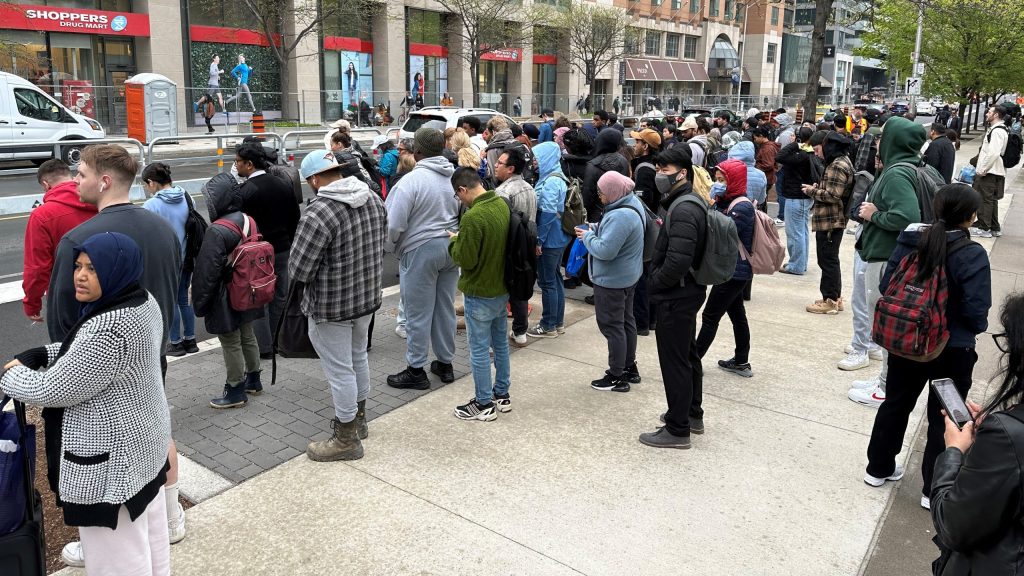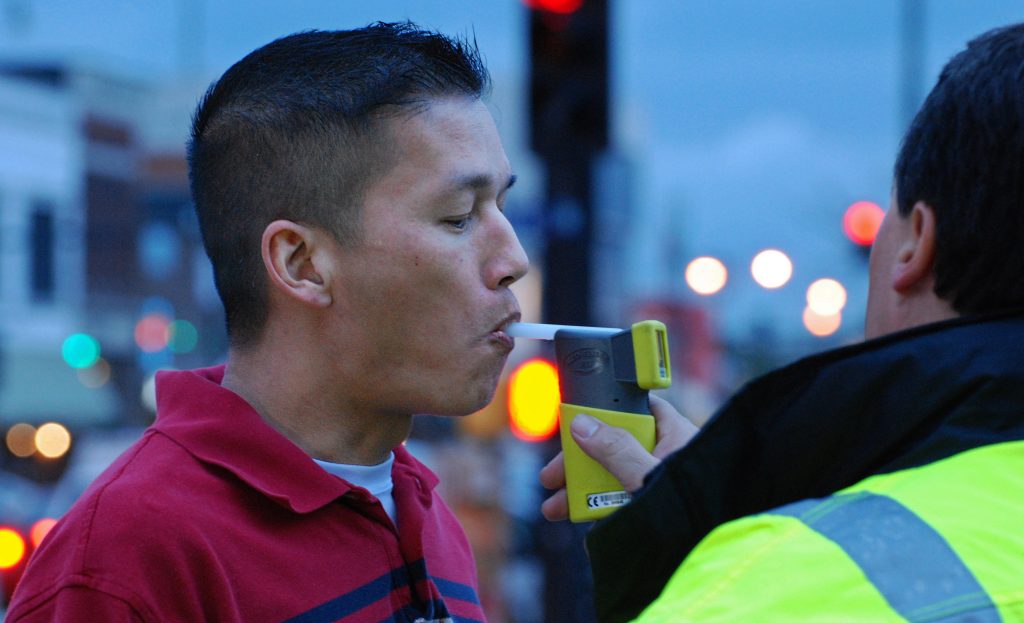Ontario reports just under 700 new COVID-19 cases, 6 more deaths

Posted September 26, 2021 9:58 am.
Last Updated September 26, 2021 3:31 pm.
Ontario is reporting 653 new cases of COVID-19 on Sunday, a slight increase over the previous day and the fourth consecutive day of more than 600 new infections.
Of the new cases, 499 are in individuals who are not fully vaccinated or have an unknown vaccination status, while 154 are fully vaccinated.
The seven-day rolling average of new cases now sits at 620, the lowest in over a month.
Toronto reported 109 new cases while Peel Region added 55 new infections, and York Region reported 41 new cases.
Health officials say 198 people are hospitalized with COVID-19 (excluding ICU) and 177 are in the ICU. However, hospitalization figures are underreported on weekends due to the fact that not all facilities submit their data.
An additional six people have died as a result of coronavirus, bringing the provincial total to 9,704.
Health officials conducted 31,063 tests over the past 24 hours, with a positivity rate of 2.0 per cent – an increase over the previous two days.
The province administered 37,645 doses of the COVID-19 vaccine on Saturday, ending a four day streak where more than 40,000 doses were given. Almost 86 per cent of Ontarians 12-plus have now received at least one dose while just over 80 per cent are fully vaccinated.
Lower Case Counts Than Projected
Ontario’s daily case counts remain lower than what many experts had expected by now, and while they point to a number of factors for the relative relief, they say now is not the time to ease up on those measures.
For much of the summer, the province’s top doctor warned of a September surge, followed by a bleak fall and winter. That has not materialized – yet – as the daily case counts remain under 1,000 and the graph of Ontario’s seven-day average roughly shows a plateau since the beginning of September.
That’s well under the worst-case scenario in Ontario’s most recent modelling, which showed about 4,000 daily cases by now. Reality is more in line with the best-case scenario, in which cases would have steadily fallen since Sept. 1.
Dr. Zain Chagla, an infectious disease physician at St. Joseph’s Healthcare Hamilton, said hospitalizations and ICU admissions are also stable even without more restrictions being introduced – noting the proof-of-vaccination system only took effect a few days ago.
“There is a little bit of cautious optimism in that with society being more open, kids back to school, all of the things that we…would have concerns about leading to escalating transmission, we’re not seeing,” he said.
Ontario’s vaccination campaign is certainly helping, he said, particularly the targeting of high-risk communities. About 86 per cent of eligible people have received at least one dose.
The province’s chief medical officer of health, Dr. Kieran Moore, attributed the stable cases to Ontarians’ adherence to public health measures.
“I think Ontarians are being prudent and cautious and have realized that this virus can take off at any given time if we let our guard down,” he said.
“Sadly, we only have to look out west to see what can happen if we let our guard down with this Delta.”
In Alberta, there are more than 10 times the number of active COVID-19 cases per capita than Ontario. Hospitals there are overwhelmed and the head of the Alberta Medical Association says major components of triage have already started.
Beate Sander, the co-chair of the province’s modelling consensus table, said she would have expected to see more cases by now, but that doesn’t mean a bump won’t materialize in a few weeks.
“The situation is so very fragile,” said Sander, a professor at the University of Toronto’s Dalla Lana School of Public Health.
“It’s stable, it’s not exactly decreasing. So things could turn really quickly. You just need to look at Alberta, to look at how quickly things could change.”
Sander said Ontario likely has not yet seen the rise in cases that schools will spark. In-person classes have been in session again for a little over two weeks, but Sander said because most of a child’s contacts – such as their parents – are likely vaccinated, if a child gets COVID-19, it would take the virus longer to find someone else to infect.
“The rate of infection has been increasing quite a lot in the five-to-11-year-old kids,” Sander said.
“Something is growing under the surface and because it’s relatively small numbers compared to the overall population, it’s going to take a while to go through.”
The colder weather will likely also force more gatherings and activities indoors and drive transmission, the experts said.
“We’re just right at that point where things could flip and we could be out of balance,” Sander said. “We do not want to open up anything else.”
Moore said he is still expecting a difficult winter.
“I have seen modelling where we have a significant rise in January and February after the Christmas holidays and that is disconcerting,” he said.










